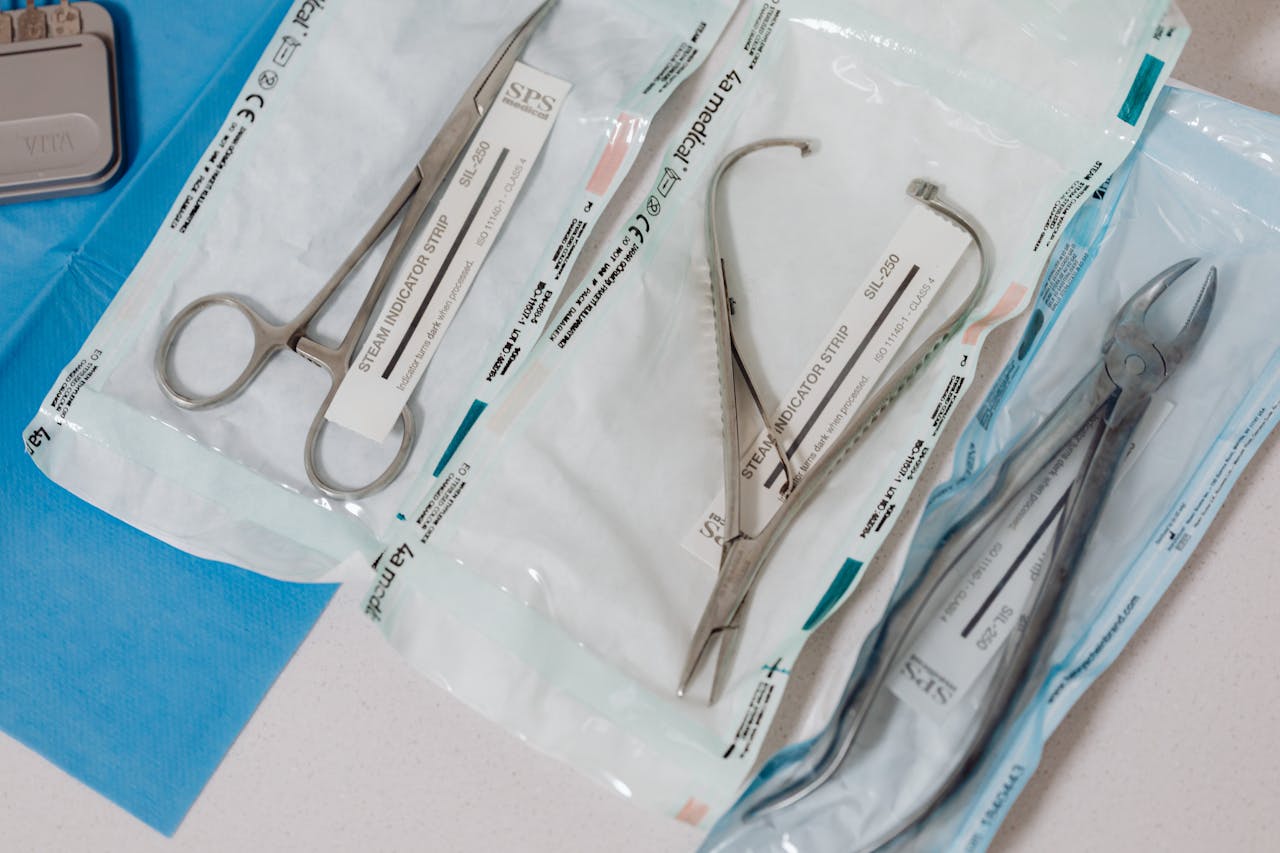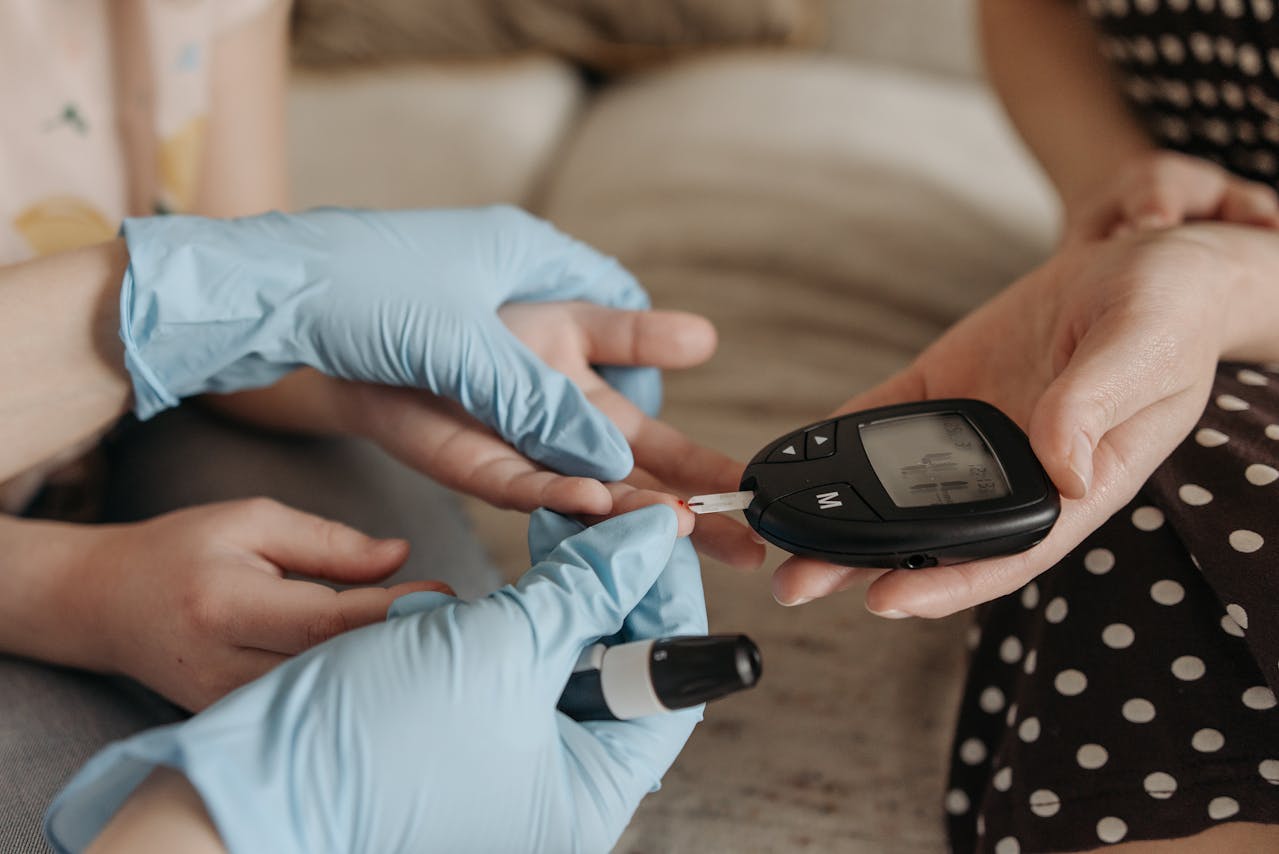Delivering exceptional patient care requires more than skilled staff – it demands robust processes. In today’s healthcare landscape, structured frameworks ensure consistency, safety, and continual improvement. This guide explores practical approaches for integrating formalised processes within hospital environments, focusing on measurable outcomes.
A quality management system (QMS) acts as the backbone of operational excellence. It combines documented policies, staff training protocols, and audit mechanisms to maintain standards. Modern solutions have evolved beyond paper checklists, leveraging digital tools for real-time monitoring and data analysis.
Compliance with international benchmarks like ISO 9001 and ISO 7101 remains critical. These frameworks help US healthcare providers meet regulatory requirements while fostering patient trust. Our resource addresses key themes including risk mitigation, incident reporting structures, and outcome measurement strategies.
Key Takeaways
- Structured frameworks ensure consistent care delivery across departments
- Digital systems enable real-time tracking of compliance metrics
- International standards provide clear benchmarks for accreditation
- Staff training programmes underpin successful implementation
- Patient safety improvements directly correlate with system maturity
We’ll walk through practical steps for aligning hospital operations with global best practices. From document control to audit management, discover how to build resilience while prioritising those in your care.

Introduction to Quality Management in Healthcare
Effective healthcare delivery hinges on systematic approaches that prioritise patient safety and operational efficiency. At its core, quality management coordinates clinical governance with standardised processes to reduce errors and enhance care standards. This structured approach transforms reactive problem-solving into proactive prevention.
A well-designed management system creates alignment across departments, ensuring every team member understands their role in maintaining service excellence. Digital tools now automate compliance tracking, replacing outdated paper-based methods prone to human error. Real-time dashboards highlight trends in patient outcomes, enabling swift adjustments.
Hospitals face mounting pressure to meet evolving regulations while managing costs. Implementing robust risk management protocols helps address these challenges systematically. Training programmes empower staff to identify potential issues before they escalate, fostering a culture of accountability.
Continuous improvement remains central to sustainable success. Regular audits and feedback loops allow organisations to refine their strategies while maintaining accreditation. In our next sections, we’ll explore practical steps for building these frameworks and overcoming common implementation barriers.
Assessing and Auditing Your Current QMS Practices
Maintaining high standards in healthcare starts with understanding existing workflows. Regular audits provide a clear snapshot of what’s working and where adjustments matter most. They transform guesswork into actionable insights, helping teams prioritise resources effectively.
Conducting an Internal Audit
Begin by mapping core processes against regulatory requirements. Cross-check staff training records with documented procedures to spot inconsistencies. Digital tools simplify this task by automating data collection and flagging outdated protocols.
Focus on three key areas during reviews: adherence to safety guidelines, accuracy of patient records, and equipment maintenance logs. Assign cross-departmental teams to minimise bias and encourage fresh perspectives. Always document findings using standardised templates for easier analysis later.
Identifying Gaps and Improvement Areas
Audit results often reveal patterns – perhaps certain departments struggle with compliance deadlines or incident reporting. Address these gaps through targeted training rather than blanket solutions. For example, if medication errors spike during shift changes, revise handover checklists.
Use risk scoring models to categorise issues by severity and likelihood. This helps allocate resources where they’ll make the biggest impact. Remember, the goal isn’t perfection but steady progress towards safer, more efficient care delivery.

Step-by-Step: How to Implement Quality Management Systems in Hospitals
Establishing robust care standards begins with a phased approach. We recommend starting with leadership alignment – defining measurable goals that tie directly to patient outcomes. This creates shared purpose across departments before diving into technical details.
Phase one focuses on resource allocation. Dedicate cross-functional teams to map critical workflows like medication administration and discharge planning. Use gap analysis results to prioritise upgrades – perhaps replacing manual inventory checks with barcode scanners.
Three core elements drive successful execution:
- Data-driven adjustments: Implement real-time dashboards tracking infection rates and readmission metrics
- Role-specific coaching: Develop scenario-based learning modules for frontline staff
- Progress validation: Schedule monthly reviews comparing outcomes against initial benchmarks
Many US hospitals find success by piloting changes in single units first. For instance, a Texas medical centre reduced surgical errors by 40% through digital checklist adoption. This staged rollout allows teams to refine processes before organisation-wide deployment.
Sustainable improvement requires both technology and human adaptation. Allocate 15% of your budget for ongoing staff development – it’s the glue that holds digital transformations together. Regular feedback sessions help identify workflow bottlenecks that metrics alone might miss.
By methodically addressing each operational layer, healthcare facilities achieve two vital outcomes: compliance with evolving regulations and tangible enhancements in care delivery. The journey from vision to reality becomes clearer with each data-backed milestone.
Designing a Comprehensive QMS Strategy for Hospitals
Building a resilient foundation for care excellence starts with intentional planning. A robust management system thrives when strategy aligns daily operations with long-term aspirations. Let’s explore how to craft frameworks that balance ambition with practicality.
Setting Clear Objectives and Vision
Begin by defining measurable goals tied to patient outcomes. For instance, a Midlands hospital reduced post-op infections by 37% after targeting surgical protocol compliance. Their vision? “Zero preventable harm through standardised care pathways.”
Three elements shape successful strategies:
- Risk management integration: Map potential failures in high-stakes areas like medication administration
- Resource allocation: Dedicate budgets for staff training and digital monitoring tools
- Standards alignment: Adopt ISO 13485 and EN 15224 guidelines for cross-border recognition
We’ve seen US facilities strengthen customer trust by linking strategy to patient feedback. One network redesigned discharge processes after analysing satisfaction surveys, cutting readmissions by 19%.
Regular strategy reviews keep efforts on track. Quarterly audits assess progress against initial benchmarks, while staff forums surface frontline insights. Remember – a living document adapts as standards evolve and new risks emerge.

Implementing Digital Quality Management Solutions
Healthcare operations transform when technology streamlines complex workflows. Many facilities still rely on paper trails that slow decision-making and obscure critical data. Modern quality management systems solve this by digitising every step – from incident reports to equipment checks.
Transitioning from Paper to eQMS
Moving to electronic systems starts with centralising documents. A Midwest hospital reduced audit prep time by 65% after adopting an eQMS. Staff now access updated protocols instantly, eliminating outdated paper copies. Automated alerts notify teams about expired certifications or pending reviews.
These platforms excel in three areas:
- Error reduction: Digital checklists prevent skipped steps during high-risk procedures
- Device integration: Equipment maintenance logs sync directly with compliance records
- Real-time control: Managers track corrective actions across departments simultaneously
One Virginia medical centre improved information sharing by linking their eQMS with EHRs. Nurses receive medication alerts directly in patient charts, cutting prescription errors by 28%. Such integrations create seamless workflows while maintaining strict control over sensitive data.
Digital solutions also simplify updates. When regulations change, revised policies populate automatically across all systems. This ensures everyone works from the latest guidelines – a game-changer for accreditation readiness.
Key Regulatory Standards and Compliance Needs
Navigating healthcare regulations feels like solving a puzzle with ever-changing pieces. Global standards provide the framework, but local adaptations determine success. Let’s break down critical benchmarks shaping modern hospital operations.
Understanding ISO, MDR, and FDA Requirements
Three regulatory giants dominate healthcare compliance:
| Standard | Scope | Key Requirements | Compliance Tip |
|---|---|---|---|
| ISO 9001 | General QMS | Document control, leadership commitment | Conduct bi-annual process audits |
| ISO 7101 | Healthcare-specific | Patient safety protocols | Map workflows to WHO safety checklists |
| EU MDR | Medical devices | Post-market surveillance | Maintain device incident logs for 15 years |
US facilities face unique challenges balancing FDA requirements with international guidelines. The FDA’s 21 CFR Part 820 mandates strict design controls for medical equipment – a key differentiator from EU regulations. We’ve seen hospitals streamline this through centralised document repositories accessible across departments.
Digital solutions transform compliance from chore to strategic advantage. Automated audit trails in eQMS platforms cut preparation time by 40% in one California network. Real-time dashboards flag expiring certifications, while version control ensures everyone uses current policies.
Regular training remains non-negotiable. A Midwest hospital reduced inspection findings by 62% after implementing role-specific evidence-based quality frameworks. Their secret? Monthly microlearning sessions addressing frontline staff concerns.
Meeting standards builds customer confidence. Transparent reporting on compliance metrics can boost patient satisfaction scores by 18%, as demonstrated in recent Johns Hopkins research. It’s not just about checking boxes – it’s about creating cultures where safety thrives.
Critical Elements for a High-Performing Healthcare QMS
World-class care delivery relies on interconnected elements working in harmony. Three pillars prove vital: engaged leadership, proactive risk management, and adaptive training programmes. When these components align, hospitals see measurable improvements in safety metrics and patient satisfaction.
Leadership Alignment and Operational Safeguards
Strong governance sets the tone for excellence. Executives must visibly champion care standards through regular ward rounds and resource allocation. A Chicago hospital reduced medication errors by 33% after leaders mandated daily safety briefings.
Effective risk management integrates with daily workflows. Teams use real-time dashboards to flag potential issues – like delayed test results – before they escalate. Structured assessments during shift changes help identify patterns in adverse events.
Building Competence Through Dialogue
Continuous learning thrives when staff exchange insights freely. Open forums allow nurses and technicians to suggest workflow improvements. One trust cut equipment-related incidents by 41% after implementing frontline feedback channels.
Training programmes achieve best results when they’re:
- Role-specific (e.g., sepsis protocols for ER teams)
- Regularly updated using audit findings
- Linked to individual development plans
| Communication Method | Primary Function | Impact on Care |
|---|---|---|
| Safety Huddles | Identify daily risks | 27% faster incident resolution |
| Patient Surveys | Gather service feedback | 19% higher satisfaction scores |
| Digital Reporting | Track near-misses | 34% fewer repeat errors |
Prompt response systems transform data into action. When a Boston ICU introduced 24-hour resolution targets for reported issues, catheter infections dropped by 29% within six months. This collaborative approach sustains improvement long after initial training ends.

Integrating Quality Management Software in Hospital Settings
Modern hospitals thrive when technology bridges care standards with operational realities. Centralised digital platforms transform scattered efforts into cohesive quality management systems, creating a unified approach to service excellence. These solutions eliminate siloed data and manual processes that once slowed critical decisions.
Benefits of Centralised Digital Platforms
Streamlined operations begin with automated workflows. Nurses in a Florida hospital saved 9 hours weekly after adopting eQMS tools for incident reporting. Real-time dashboards now track compliance metrics across departments, reducing duplicate data entry by 74%.
Three areas see immediate improvement:
- Service consistency: Standardised protocols ensure every patient receives evidence-based care
- Audit readiness: Automated document control cuts preparation time by 65%
- Collaborative oversight: Cross-department teams access live data during safety reviews
| Benefit | Operational Impact | Patient Outcome |
|---|---|---|
| Automated alerts | 43% faster response to critical results | Reduced medication errors |
| Centralised records | Single source for accreditation evidence | Improved care continuity |
| Role-based dashboards | 82% staff adoption within 3 months | Higher satisfaction scores |
These systems healthcare tools empower teams to act on insights, not just collect data. When a Michigan network linked their platform with EHRs, clinicians resolved lab discrepancies 58% faster. Such integrations demonstrate how smart technology elevates both efficiency and care standards.
Centralised management systems create virtuous cycles. Better audit results inform process refinements, which drive further improvement. Patients benefit from services that adapt quickly to emerging needs while maintaining rigorous safety protocols.
Overcoming Implementation Challenges and Facilitating Change
Navigating organisational shifts in healthcare settings demands strategic foresight. Resistance often surfaces when introducing new procedures, particularly when staff face competing priorities. Our experience shows three common hurdles: limited management engagement, budget constraints, and technical integration complexities.
Securing Leadership Commitment
Gaining executive support starts with demonstrating tangible benefits. A Tennessee hospital accelerated buy-in by showcasing pilot results: 22% fewer patient falls after protocol updates. Presenting data-driven projections helps align resources with strategic goals.
Effective approaches include:
- Linking new policies to accreditation requirements
- Creating cross-departmental steering committees
- Developing quick-win pilot programmes
Optimising Resource Deployment
Phased rollouts prevent overwhelming teams. A Midwest facility allocated 30% of its IT budget to integration specialists, reducing system downtime by 58%. Regular skills assessments ensure training matches actual needs rather than assumptions.
| Challenge | Solution | Outcome |
|---|---|---|
| Staff resistance | Role-based simulation training | 89% adoption rate in 8 weeks |
| Data silos | API-enabled platform integration | 74% faster reporting |
| Budget overruns | Quarterly audits of expenditure | 12% cost reduction annually |
Transparent communication remains vital. Weekly briefings explaining control measures helped a California network maintain morale during their 18-month transition. Pairing technical upgrades with cultural initiatives creates sustainable change.

Measuring Success: Continuous Improvement and Patient Safety
Sustaining excellence in care requires vigilant tracking of outcomes and adaptable processes. We focus on metrics that reveal both system performance and patient experiences, creating feedback loops for meaningful adjustments. Regular reviews ensure services evolve alongside emerging needs and safety priorities.
Monitoring, Auditing and Training for Ongoing Success
Tracking key indicators starts with clear benchmarks. Infection rates, readmission percentages, and medication error frequencies offer tangible results for analysis. Monthly safety audits cross-reference these figures against documented guidelines, highlighting areas needing attention.
Digital dashboards enable real-time responses to deviations. When hand hygiene compliance dips below 85%, automated alerts prompt immediate ward interventions. This proactive approach reduced post-operative complications by 29% in one London trust last year.
| Metric | Measurement Method | Target Impact |
|---|---|---|
| Patient Fall Rate | Incident reporting system | 15% reduction quarterly |
| Audit Compliance | Digital checklist completion | 95% adherence standard |
| Training Completion | LMS tracking | 100% mandatory modules |
Ongoing training programmes adapt using these insights. Microlearning modules address specific audit findings, like updated wound care protocols. Staff competency reviews occur biannually, ensuring skills match evolving care standards.
True progress emerges from cyclical refinement. Each data point informs the next improvement phase, building resilient systems that protect those we serve. Excellence isn’t an endpoint – it’s a daily commitment.
Conclusion
Transforming hospital operations into models of excellence requires more than intention-it demands structured frameworks backed by actionable insights. Our guide highlights how integrating digital management systems elevates care standards while reducing adverse events. From initial audits to continuous monitoring, each step builds resilience through evidence-based procedures.
Adherence to international standards isn’t just about compliance-it’s a commitment to patient safety. Strategic resource allocation and staff training programmes create cultures where quality thrives. Recent international studies, like those analysing European hospital practices, show structured frameworks reduce preventable incidents by aligning team efforts with clinical guidelines.
Modern solutions simplify risk control through real-time data and automated alerts. These tools help hospitals achieve measurable results, from faster audit prep to streamlined document management. Prioritising ongoing staff development ensures these systems adapt alongside emerging health challenges.
We encourage healthcare leaders to revisit this resource when refining their operational approach. By combining robust protocols with smart technology, hospitals can deliver safer care while maintaining public trust. Excellence becomes sustainable when every decision prioritises those in your care.



